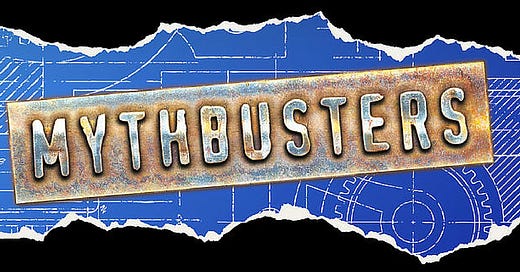We humans are weird. Every one of us. There are no exceptions.
Part of being weird is that we like certainty. Our brains don’t like to be empty (except, perhaps, in the case of a meditating Buddhist monk), so we fill them up with thoughts, ideas, and worries, even if they’re aren’t accurate—or even reasonable, at times.
We also have a fear of the unknown,…



